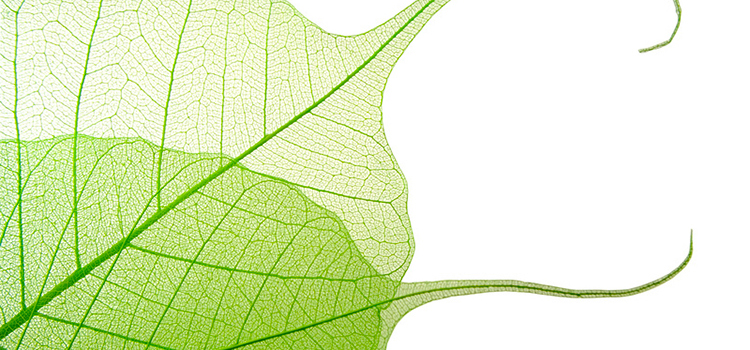Bioinspired engineered microtopographies for the protection of marine devices against biofouling
Supervisors: BRISSET Hugues, BRESSY Christine, BRIAND Jean-François
Abstract
Preventing marine fouling on seawater immersed structures appears to be a major concern for industries. The objective of this PhD work was to develop non-toxic microtopographical polymer surfaces and to investigate which parameter affects the settlement of micro- and macrofouling. Shark skin-based microtopographies were replicated on three elastomers (PDMS, PU and X3) and four thermoplastics (HDPE, LDPE, and two tPUs) of various surface chemistry and elastic modulus, using a molding and a hot embossing process, respectively. Molds were fabricated by photolithography, digital light processing 3D printing, and dip-pen laser lithography. Wetting properties of smooth and patterned substrates were investigated in air and in artificial seawater. Anisotropy and change in wetting properties were studied using static and dynamic contact angle measurements. Field immersions were performed in Toulon (France) and in Gothenburg (Sweden), in two seasons. Efficacy of smooth and micropatterned substrates was assessed towards marine bacteria, diatoms and macrofouling. A specific determination of the composition and diversity of diatoms was carried out by metabarcoding.
Keywords
Micropatterned surface, wettability, wetting anisotropy, biofilms, marine antifouling.


